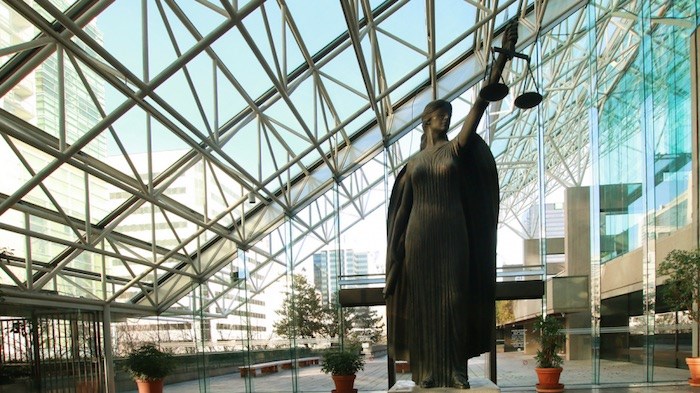A B.C. Supreme Court judge has rejected the City of Surrey’s attempt to have a man demolish an addition and an enclosed deck on the back of his house.
In bringing the lawsuit, the City of Surrey sought a declaration from Justice Terence Schultes that Amandeep Singh Kalluhas contravened the Surrey building bylaw, and an injunction to address what it called contraventions of city bylaws.
The issues revolved around Kalluhas’ addition to a residence and an enclosed deck on that residence.
In the end, though, Schultes ruled the city had failed to make its case and that a decision on the future of the structures wasn’t needed.
The Feb. 9 decision was released Feb. 27.
The city's position was that the construction was carried out without the necessary building permits, contrary to the bylaw.
An injunction would have required Kalluhas to obtain a permit to demolish the structures he built at his house, on 130 Street.
Kalluhas deposed that the house was completed in 2021.
The city, though, said the construction for which he obtained the permit did not include the offending structures.
An affidavit from a city investigating bylaw officer said under the zoning bylaw there would have been no allowable room for those structures to be built as the approved house had used up all of the permitted square footage.
Only 32 feet of permitted “lot coverage” of any kind remained, and less than a metre was left to build towards the rear of the house before it encroached on the required amount of setback.
In the area where Kalluhas enclosed the deck, he had requested and been authorized by the city to build a covered deck, which was exempt from the calculation of the square footage of the house, Schultes said.
In 2022, the city discovered the addition, a large structure connected to the rear of the house at the first-storey level, and which extended towards the back of the property.
“The enclosure is of the former approved covered deck at the rear of the house, on the second floor. Besides the fact that it is unauthorized, the enclosure of the deck means that it is no longer exempt from the square footage calculation,” Schultes said.
The city had told Kalluhas he would have to remove the unauthorized structures.
By June 2023, the structures were completed. As inspectors could not access them, they could not determine if they were safe. Kalluhas was told to cease occupying them and to obtain demolition permits.
In the end, Schultes ruled the city’s case fell short.
“I conclude that the city has failed to provide admissible evidence proving the violations alleged, specifically admissible business records and/or direct testimony substantively proving the difference between what was authorized and what was built by the respondent,” he said. “This makes it unnecessary to consider the further issues of whether the shortcomings of the offending structures are truly irremediable.”



